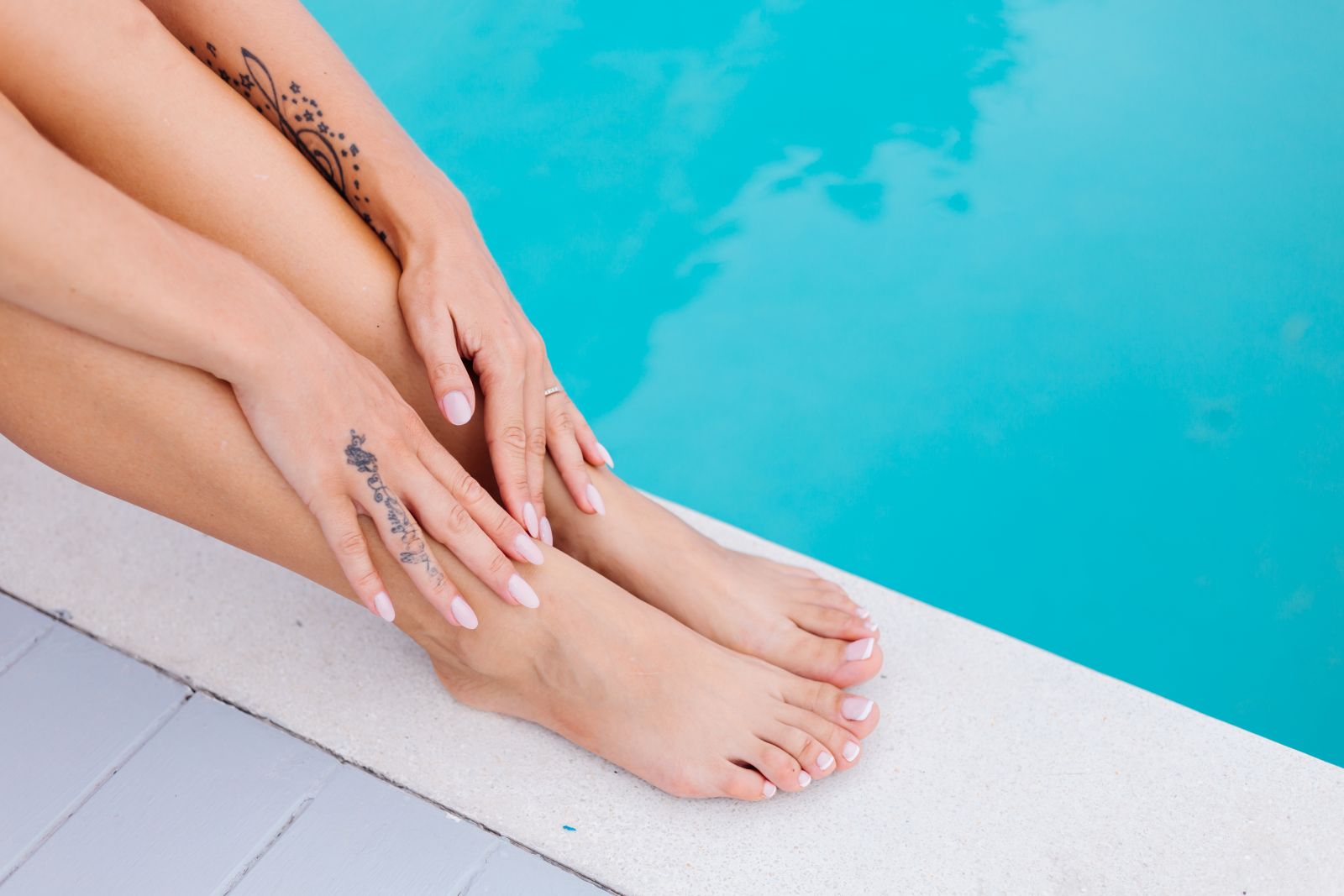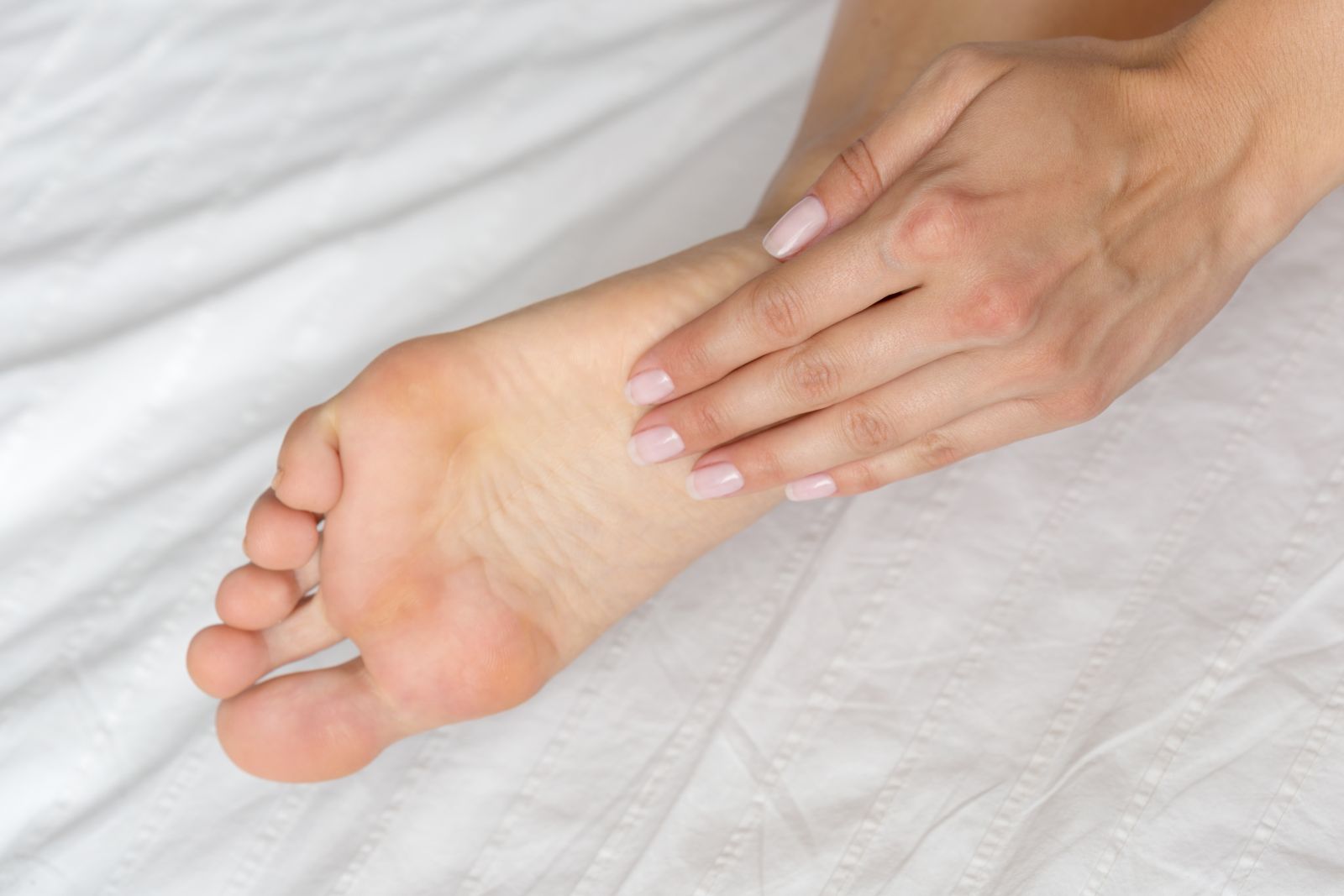Fish pedicure (ichthyotherapy) is a type of foot treatment aimed at providing a gentle touch to the skin. Originally, this therapy originated from the Kangal Fish Spring in Turkey. The type of fish used in this treatment is Garra rufa (doctor fish).
These small fish are native to the Anatolia and Western Asia regions. During the therapy, a person immerses their feet in a pool or basin filled with water, where small fish are swimming. The fish then feed on dead skin on the heels, soles, and toes.
After some time, the feet are lifted from the pool and dried using a towel. Subsequently, a technician will easily remove any remaining dead skin and perform other pedicure procedures, such as cutting or filing toenails. So, it's not just about soaking your feet to let small fish bite them.

Potential Benefits
Similar to other traditional pedicures, fish therapy aims to eliminate dead skin, including calluses. This will make the skin feel softer and, of course, improve its appearance. Besides being a form of self-care, the therapy with Garra rufa fish is known to help address skin conditions such as psoriasis.
However, research on this is still relatively scarce, and the role of these fish in the healing process is still debated. This is because the fish may not be the sole factor in the success of healing but may work in conjunction with mineral exposure in the spring or UV sunlight. Therefore, these fish may not necessarily directly cure someone's skin condition.
Risks
Despite the controversy over its benefits, there are certainly certain concerns related to the safety of this fish therapy, such as the potential risk of infectious and non-infectious diseases. Researchers have identified some of these concerns:

1. Infections
- Skin infections due to shared water, fish, or even equipment often used for different people (who may not necessarily be in full health)
- Transmission of pathogens from fish to humans, from contaminated water to humans (through contaminated water), or from person to person (through fish or equipment used), such as Staphylococcus aureus, Aeromonas sobria, Aeromonas veronii, Aeromonas hydrophila, Vibrio cholera, Shewanella putrefaciens, Mycobacterium baikii, and Mycobacterium marinum
- Water filters used in pools may not eliminate microorganisms, especially those on the skin of fish or in the fish pool
- Fish may get sick due to stress or overcrowding in the pool
2. Non-Infectious
- Onychomadesis (fungal infection of the nails)
- Minor bleeding from open wounds, either due to Garra rufa fish or other cheaper and more aggressive fish (imitations)
Fish therapy originally came from a spring in Turkey, where small Garra rufa fish would eat dead skin cells on the feet. The benefits of this procedure for healing certain skin conditions are still questionable. Additionally, its safety is not guaranteed due to the risk of infection. Despite its uniqueness, are you still interested in trying it, Ladies?
Let's download the Newfemme app now to get other interesting tips and information!

